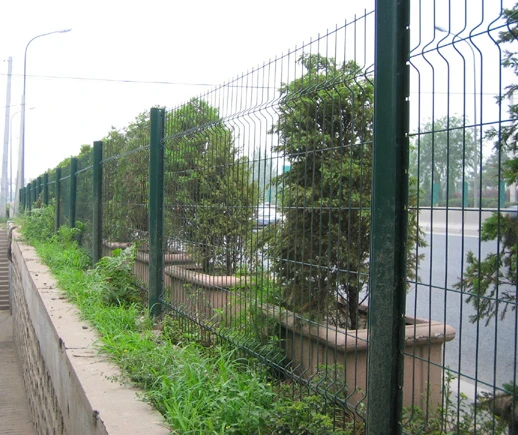Understanding Chain Link Fence Terminal Posts
Chain link fences are a popular choice for both residential and commercial properties due to their durability, cost-effectiveness, and low maintenance requirements. However, one critical component that is often overlooked is the terminal post. Terminal posts are essential for providing stability, strength, and a proper structure to the entire fencing system.
What is a Terminal Post?
A terminal post is typically located at the ends and corners of a chain link fence. It serves as an anchor point for the fencing material and is designed to withstand the tension created when the fence fabric is pulled tight. By supporting both the horizontal top rail and the vertical chain link mesh, terminal posts are vital for the structural integrity of the fence.
Types of Terminal Posts
There are generally two types of terminal posts end posts and corner posts.
1. End Posts As the name suggests, end posts are placed at the ends of a fence run. These posts provide a stable anchor point for the chain link fabric and ensure that the fence remains taut. When properly installed, end posts can resist the forces exerted on the mesh by wind, animals, or human activity.
2. Corner Posts Corner posts are installed where the fence changes direction. Like end posts, they must withstand tension but are typically larger and more robust due to the additional stresses they encounter from the angle changes. Properly installed corner posts can help maintain the structural integrity and aesthetic appearance of the fence.
Additionally, there are also gate posts that are used to support gates. These posts are usually thicker and wider to handle the weight and movement of the gate more effectively.
Materials Used for Terminal Posts
chain link fence terminal post

Terminal posts are usually made from heavy-gauge steel or other durable materials such as aluminum or galvanized metal. The choice of material is crucial, as it affects the longevity and sturdiness of the fence. For instance, galvanized steel posts are coated to resist corrosion, making them ideal for outdoor use.
The thickness of the terminal post, often measured in inches, is also important. A standard size for residential chain link fence terminal posts is typically around 2-3 inches in diameter. This thickness provides adequate support while remaining easy to install.
Installation Considerations
When installing terminal posts, correct placement, alignment, and depth are vital. Posts should be set in concrete to provide additional stability, especially in regions prone to high winds. The depth of the hole should generally be about one-third of the post height above ground. For example, a 6-foot terminal post should ideally be set at least 2 feet into the ground.
Aligning the posts correctly is also crucial to ensure that the chain link fabric is taut and evenly tensioned. Any misalignment can lead to sagging or buckling of the fence, which can compromise security and aesthetics.
Maintenance of Terminal Posts
Maintaining terminal posts is essential for the longevity and performance of your chain link fence. It is advisable to periodically check for signs of rust or deterioration, especially for steel posts. If rust is found, it should be treated promptly with a rust-inhibiting primer and paint. Regular inspections can also help identify any shifting in posts due to ground settling or erosion.
Conclusion
In summary, terminal posts are a vital component of chain link fences, providing the necessary support and structure for the entire fencing system. Understanding the different types of terminal posts, the materials used, and the installation techniques can significantly influence the effectiveness and lifespan of a chain link fence. By choosing the right terminal posts and maintaining them properly, property owners can enjoy the security and aesthetics of their chain link fences for many years. Whether you are a DIY enthusiast or hiring a professional, paying attention to these details will ensure a sturdy and reliable fencing solution.
















